
MUNTINLUPA CITY, Philippines—The Philippine Rice Information System (PRISM), a website that gathers and organizes information on rice production crucial for developing government policies and programs, was officially launched on June 23.
PRISM is a 4-year R&D collaborative project between the Department of Agriculture (DA), Philippine Rice Research Institute (PhilRice), International Rice Research Institute (IRRI), and sarmap. It monitors rice areas, yields, damage from flooding, storms, and droughts as well as diseases, pests, and weeds that reduce production. It uses remote sensing satellites, crop models, in-field crop surveys, and other fieldwork. This information can provide key stakeholders with timely, accurate, and actionable information for policy support.
“PRISM will be able to provide information in looking for the one million hectares of land that Emmanuel Piñol, the incoming secretary of agriculture, is looking for to increase the country’s area for rice production,” said Edilberto De Luna, DA assistant secretary of field operations.
“PRISM faces a big challenge,” De Luna added. “However, we are confident that we can respond quickly. It’s a matter of sustaining and improving it for the betterment the Philippine rice sector.”
During the official launch, representatives from the DA and its regional field offices, PhilRice, and IRRI conducted a usability assessment workshop to help further improve the website’s layout, content, accessibility, and functionalities across all platforms. The public website offers national and provincial maps and graphs on rice area, yield estimates, and crop health. More detailed and dynamic regional and municipal data are limited to PRISM project staff.
“This is a continuing effort to fine-tune everything,” said PhilRice Executive Director Calixto Protacio. “This is what today’s exercise is about.”
Madonna Casimero, IRRI scientist, assured that the institute will continue supporting the project. “As we make the transition to the new government, we hope that the partnership will remain strong,” said Casimero. “IRRI is ready to help the Philippine government generate advances in technologies that would help the country achieve food security, not only today but for future generations.”

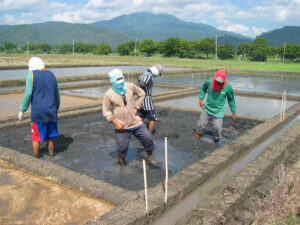

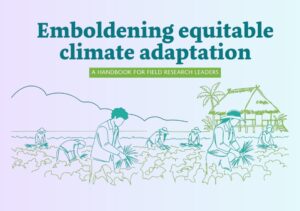
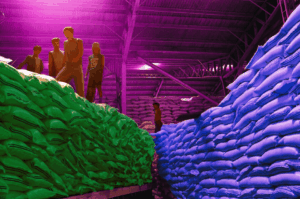
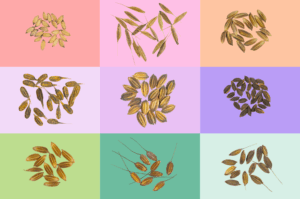
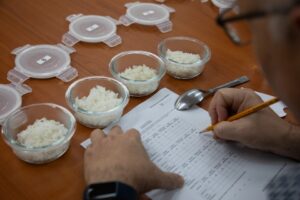
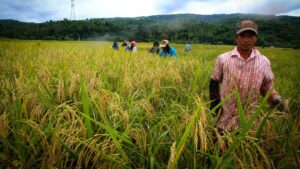
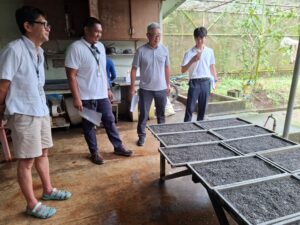
Need to aquire knowledge on rice industry in the philippines particularly in Mindanao, as to compete, survive and excell in the said industry considering climate change as a major factor affecting the planting season.